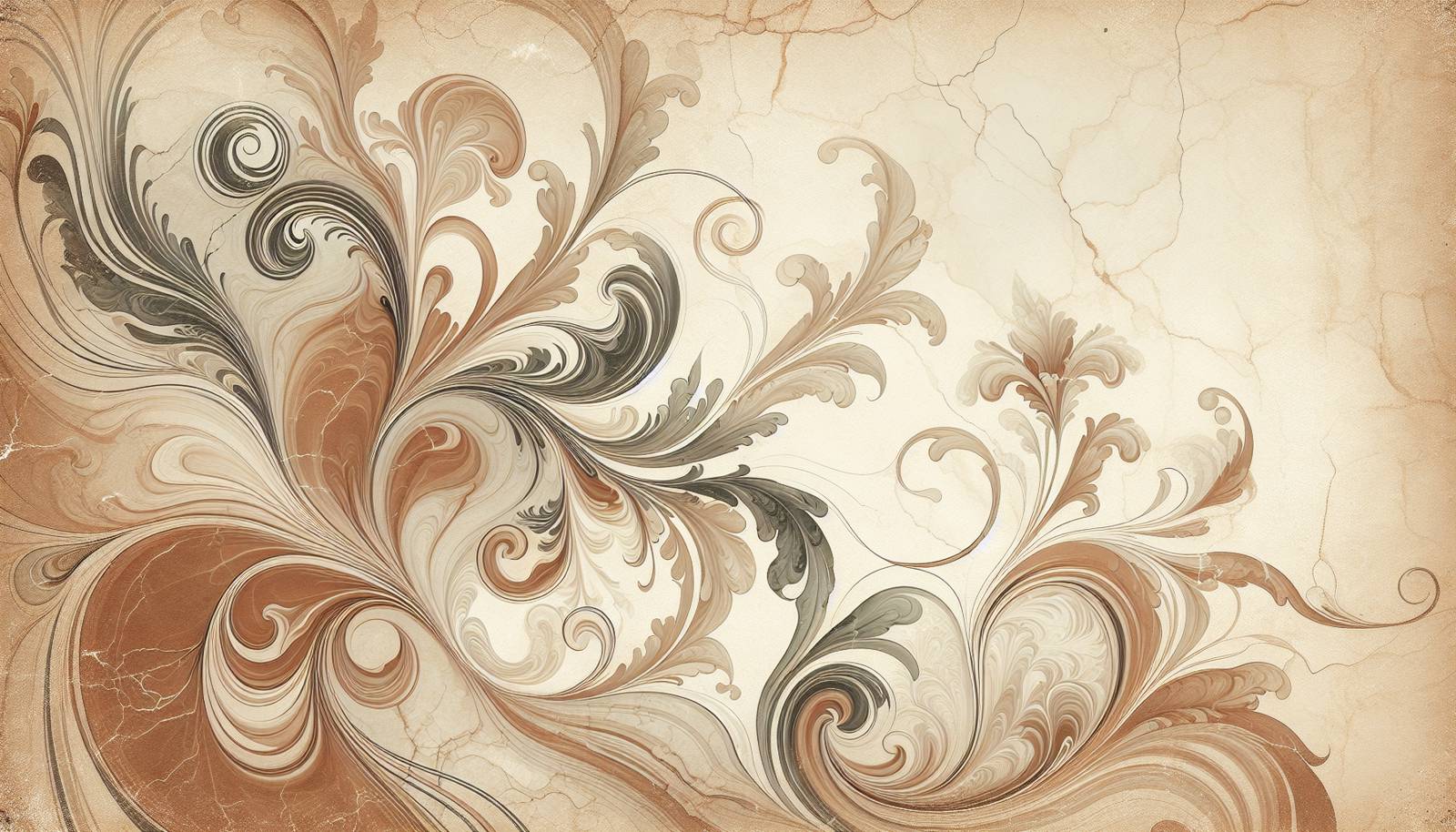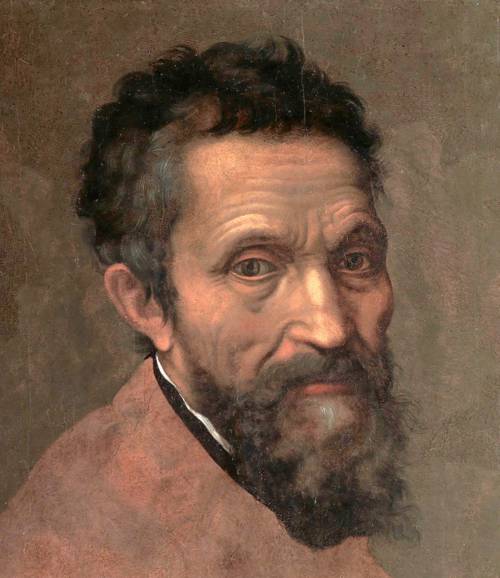
FAQ About Michelangelo Buonarroti

Who was Michelangelo Buonarroti?
Michelangelo Buonarroti was an Italian Renaissance sculptor, painter, architect, and poet born on March 6, 1475, in Caprese, Italy. He is widely considered one of the most talented artists in history, known for his mastery of the human form and his works that have had a profound influence on Western art.

What are Michelangelo's most famous artworks?
Michelangelo's most famous artworks include the sculptural masterpieces David and Pietà, both showcasing his exceptional skill in marble. He is also renowned for his frescoes on the ceiling of the Sistine Chapel in the Vatican, which depict scenes from the Book of Genesis, including the iconic Creation of Adam.

How did Michelangelo learn his craft?
Michelangelo was apprenticed at a young age to the painter Domenico Ghirlandaio in Florence, where he learned the techniques of fresco painting. He also studied classical sculpture in the gardens of the Medici Family, later absorbing influences from ancient Greek and Roman art which significantly impacted his style.

Why is the Sistine Chapel ceiling significant?
The Sistine Chapel ceiling, painted by Michelangelo between 1508 and 1512, is significant for its artistic innovation and grandeur. It features nine scenes from the Book of Genesis and is noted for its intricate detail, the depiction of the human form, and its influence on the course of Western art. It is considered one of the greatest achievements in the history of painting.

What themes did Michelangelo explore in his works?
Michelangelo's art often explored themes of beauty, the human condition, religion, and the divine. He depicted the human body in a highly expressive manner to convey spiritual and humanistic ideals, reflecting the Renaissance's emphasis on the rediscovery of classical antiquity and human potential.

What materials did Michelangelo use in his sculptures?
Michelangelo primarily worked with marble for his sculptures, believing it could best convey the beauty and realism he sought in his figures. His renowned sculptures like David and Pietà are made from marble, which he skillfully transformed into lifelike representations of the human form.

How did Michelangelo influence architecture?
Michelangelo was instrumental in the development of Renaissance and Mannerist architecture. His work on St. Peter's Basilica in Rome, particularly the design of its dome, left a lasting impact on architectural design. His style combined robust forms and harmonious proportions, influencing generations of architects.

What was Michelangelo's approach to art?
Michelangelo's approach to art was characterized by an intense focus on the human body and classical ideals. He believed that art should reflect both physical beauty and inner spiritual significance, which is evident in his detailed anatomical studies and expressive, dynamic compositions.

Did Michelangelo work on any architectural projects?
Yes, Michelangelo was also a celebrated architect. One of his most famous architectural projects is the design of the dome for St. Peter's Basilica in Vatican City. He worked on the Laurentian Library and the Medici Chapel in Florence as well, which exemplify his innovative approach to architectural design.

How did Michelangelo's work reflect Renaissance ideals?
Michelangelo's work epitomized Renaissance ideals by focusing on the revival of classical antiquity and humanism. His art emphasized individualism, the natural beauty and complexity of the human figure, and conveyed a sense of realism that was highly esteemed during the Renaissance era.

What was Michelangelo's relationship with the Medici family?
The Medici family were crucial patrons in Michelangelo's early career. They provided him with the opportunity to study art and sculpture in their gardens, which were filled with classical antiquities. This relationship afforded him the resources and connections necessary to refine his skills and gain prominence.

How did Michelangelo's style evolve over time?
Michelangelo's style evolved from the influence of late Gothic and classical forms to a more individualistic and expressive style known as Mannerism, which marked his later works. He became increasingly focused on conveying emotion and tension through exaggerated physical forms and dynamic compositions.

Was Michelangelo involved in the Reformation?
While Michelangelo lived during the time of the Protestant Reformation, he was not directly involved in it. However, his work was often affected by the religious tensions of the era, particularly visible in his Last Judgment fresco in the Sistine Chapel, which responded to the Catholic Church's need to reaffirm its position.

Did Michelangelo write poetry?
Yes, Michelangelo was also a poet. He wrote over 300 sonnets and madrigals throughout his lifetime, which often revolved around themes of love, creativity, and the human experience. His poetry reflects a deep introspection and complements his visual artistry by exploring the artist's struggles and spirituality.

What is the significance of Michelangelo's sculpture 'David'?
The sculpture David, completed by Michelangelo in 1504, is significant for its representation of youthful male beauty, strength, and courage. It reflects Renaissance ideals through its idealized anatomical precision and powerful expression, embodying the intellectual and cultural currents of the period.

When did Michelangelo die, and what was his legacy?
Michelangelo died on February 18, 1564, in Rome. His legacy endures as one of the most influential artists in history whose works set new standards in art and architecture. His contributions to painting, sculpture, and architectural design continue to inspire and educate future generations of artists.

Did Michelangelo have any rivals?
Michelangelo's contemporary, Leonardo da Vinci, is often considered a rival due to their mutual pursuit of excellence and differing artistic philosophies. Another notable rivalry was with Raphael, particularly evident during the period they both worked in the Vatican.

What challenges did Michelangelo face during his career?
Michelangelo faced numerous challenges, including physical and mental demands of large-scale projects like the Sistine Chapel ceiling, navigating political and religious changes, and the technical difficulties of working with marble and fresco. Despite these challenges, his dedication to his craft persevered.

How did Michelangelo's background influence his work?
Michelangelo's background, including his apprenticeship in Florence and exposure to classical art, profoundly influenced his approach to art. His access to the Medici's extensive art collections allowed him to study ancient sculptures, shaping his understanding of anatomy and form, which became central to his work.

What are some misconceptions about Michelangelo?
A common misconception about Michelangelo is that he viewed himself primarily as a painter because of the fame of the Sistine Chapel ceiling. In truth, Michelangelo considered himself foremost a sculptor. Another misconception is that he painted the Sistine Chapel while lying on his back; he actually painted standing on a scaffold.
